An Insider’s View on Retail Demand in the Southeast
"Almost every retail category is growing," according to Coro Realty's Robert Fransen. Yet some in the market are likely to feel the impact of a slowdown.
With its expanding population and business-friendly environment, the Southeast has been a magnet for investors in the past decade. Today, the region’s retail market seems to be as robust and dynamic as ever.
“Retail demand is booming,” according to Robert Fransen, president & managing partner with Coro Realty, a real estate investment and management company that concentrates in the southeastern U.S. Currently, the company owns and operates 36 retail properties, with 25 of them in the Atlanta metro area.
To scratch beneath the surface, Commercial Property Executive asked Fransen to talk about the trends he’s seeing in the sector and expand on the types of retail assets that are likely to do well in a recession.
READ ALSO: 5 States That Are Corporate Relocation Magnets
What are the top trends in the Southeastern retail market today? Do you expect any of them to define the sector for years to come?
Fransen: Continued migration to the Southeast will continue to drive regional growth. The combination of quality universities, low cost of living, pro-business governments, low taxes and pleasant climate make it an attractive place for individual and corporate relocations. This will remain a long-term trend.
In addition, retail inventory will continue to decline. Rising interest, high construction costs, and pre-leasing challenges will constrain development. It will continue, but increased supply will likely be outstripped by negative absorption from the redevelopment of malls and power centers to lower-density or non-retail uses.
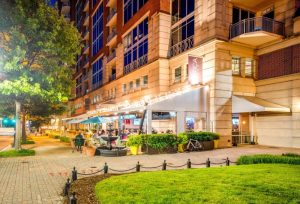
The Brookwood’s Botica Patio in Atlanta, one of the properties that Coro Realty operates. Image courtesy of Coro Realty
Grocery-anchored, well-located, neighborhood centers will remain the most coveted retail product types. High street retail will grow as cities densify and streets are activated with urban retail. Malls will likely continue to struggle. In the Southeast, where the climate is less of an issue, enclosed malls cannot compete on price, convenience or appeal with open-air retail. Power centers will remain hit-and-miss, depending on location and tenant mix.
To what extent has the pandemic-induced migration altered your retail investment strategy?
Fransen: The pandemic has not altered Coro Realty’s strategy. We avoided retail uses that competed with e-commerce by focusing on grocers, drug stores, food and beverage, convenience and service retail and medical offices. Those uses bounced back well from the pandemic.
The pandemic accelerated the adoption of e-commerce as an alternative to brick-and-mortar retail. Computers, office supplies and apparel were struggling before the pandemic. The pandemic ended the slow death of certain retailers in those categories, leaving behind the best in class. Nonetheless, unless retailers have omnichannel distribution plans, products that can be purchased online will continue to lag retail sales that do not compete with e-commerce.
What type of businesses are most interested in retail spaces across the Southeast today?
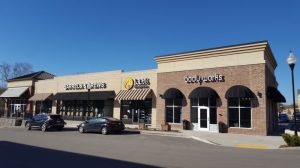
Burkitt Commons in Nolensville, Tenn., a 36,000-square-foot retail asset that Coro Realty operates. Image courtesy of Coro Realty
Fransen: Retail demand is booming. Almost every retail category is growing. Restaurants want to add locations, grocers are increasing store counts, discounters are growing rapidly. Everyone is looking to expand—for now. We expect a slowdown in the U.S. economy to taper those trends as retailers reassess their growth plans.
Please tell us more about the improvements that you’ve implemented at your retail properties in the past few years to meet the dynamic needs of retail tenants.
Fransen: Coro Realty has focused on three principal areas: a tenant mix that leads to cross-sales, creating a sense of place that offers more than shopping and controlling operating expenses.
Landlords and tenants need to provide customers with reasons to shop in person. Tenant mix is one key reason. If a parent can drop their child at a tutor, get a haircut and have dinner afterward in the same place, that makes a retail center convenient.
Atmosphere is another reason. Things such as attractive landscaping, ample seating, lighting, public art and convenient parking make for a desirable atmosphere.
Lastly, inflation continues to hurt margins. In most retail, operating expenses are passed through to tenants in CTI reimbursements. There are limits to what retailers can absorb. Successful landlords will view the landlord-tenant relationship as a partnership and help tenants control expenses. Profitable tenants pay their bills on time.
How is the retail market in Atlanta performing? Are there any specific challenges here when compared to other metros you operate in?
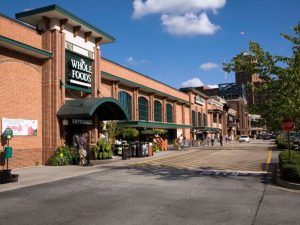
Midtown Place Shopping Center in Atlanta, a 143,717-square-foot property managed by Coro Realty. Image courtesy of Coro Realty
Fransen: Coro’s retail operations have never been better. Retailers surviving the pandemic improved their operations, improved their distribution channels and repositioned themselves. That, coupled with the stimulus poured into the U.S. economy from 2020 to 2022, led to a remarkable retail rebound. Our portfolio-wide vacancy rate is roughly 4 percent and rent delinquency is negligible.
Atlanta’s retail landscape is very strong, but it faces the same challenges as other southeastern cities. The biggest is the lack of quality mass transit, which inhibits urbanization. The sprawl was an issue pre-pandemic. The adoption of work-from-home took that issue off the table for a while, as fewer people commuted. As the U.S. enters a recession, unemployment rises and employers regain more influence over the employer-employee relationship, companies are likely to bring more employees back to the office—at least three days per week. This will raise sprawl, congestion, and pollution as significant development issues.
What are you most worried about when it comes to the retail industry’s near- and medium-term prospects: the rise of e-commerce, the overall deteriorating economic conditions or the increased competition for well-located retail assets?
Fransen: There is always a risk of being outflanked by new supply. Someone may build a nicer property. In general, though, oversupply is more unlikely than decreased demand. Construction costs rise fast but fall slowly. Add in rising interest rates, and the new construction will need rents exceeding most in-place rents.
READ ALSO: Retail Real Estate Shows Broad Resilience
With rising prices continuing to drive many shoppers to lower-cost online options, how do you expect brick-and-mortar retail businesses to be impacted in the long term?
Fransen: E-commerce should worry retail landlords. Large retailers have omnichannel distribution and can leverage their distribution channels to make e-commerce and physical stores work together. Unfortunately, landlords do not make money from large retailers. They make it from local, mom-and-pop tenants. The large retailers are just the anchors landlords need to get local tenants. Bookstores, candle companies, shoe stores and even malls are dying because of e-commerce and bloated operating expenses. Power centers sell at material discounts to comparable-quality grocery-anchored centers because of concerns about e-commerce. Retail, in general, will be fine but certain players will struggle.
How difficult is it today to finance new retail acquisitions or redevelopments?

Signal Mill in Chattanooga, Tenn., a 44,764-square-foot adaptive reuse of an early 1900’s textile mill, managed by Coro Realty. Image courtesy of Coro Realty
Fransen: Financing today is materially more challenging than a year ago. Leverage is lower, interest rates are substantially higher. Non-financial terms—recourse, debt service coverage ratios etc.—are tougher. The CMBS market has seized up. Due to rate volatility, borrowers are worried about the inability to lock a CMBS loan’s interest rate until closing, by which time they have spent considerable sums on earnest money and pursuit costs. CMBS originators are worried about an inability to sell the loans into the public markets. Life companies are extending fewer CRE loans and are doing so at lower leverage. Banks are lending less because they are receiving fewer loan repayments. Debt funds and credit unions have filled some of the gaps, but debt funds are expensive and credit unions struggle with larger loans.
Commercial real estate is likely to see significant de-leveraging. That means more equity will be needed. Equity is more expensive than debt, so retail asset values will continue to decline. It is a buyers’ market.
How do you expect the impending recession to impact the Southeast retail market?
Fransen: In a recession, people reduce expenses. The amount of people visiting restaurants remains high, but many restaurants report that per-ticket charges are declining. People are skipping the second glass of wine or dessert. This trend is likely to impact all classes of retail, with the retail market having been overheated. An occasional slowdown is healthy for the economy and a near-term correction is preferable to a long-term crash.


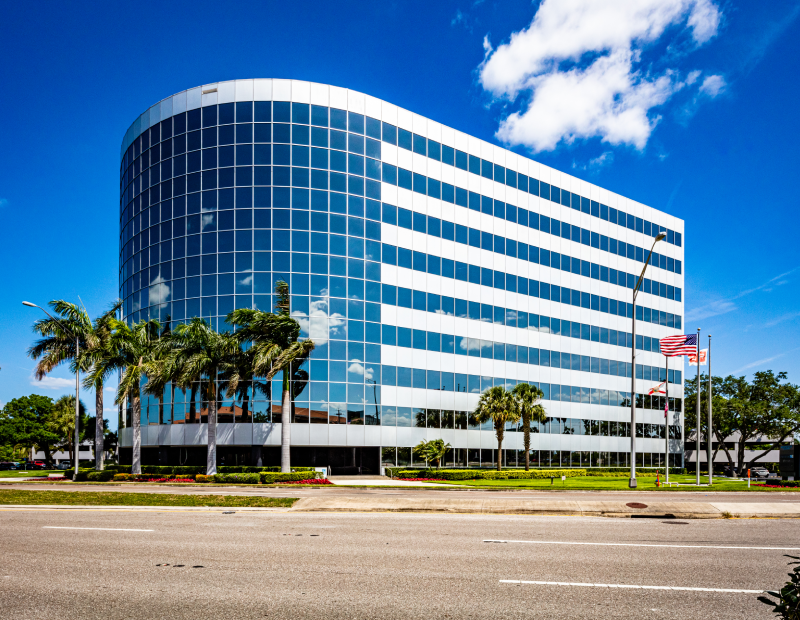
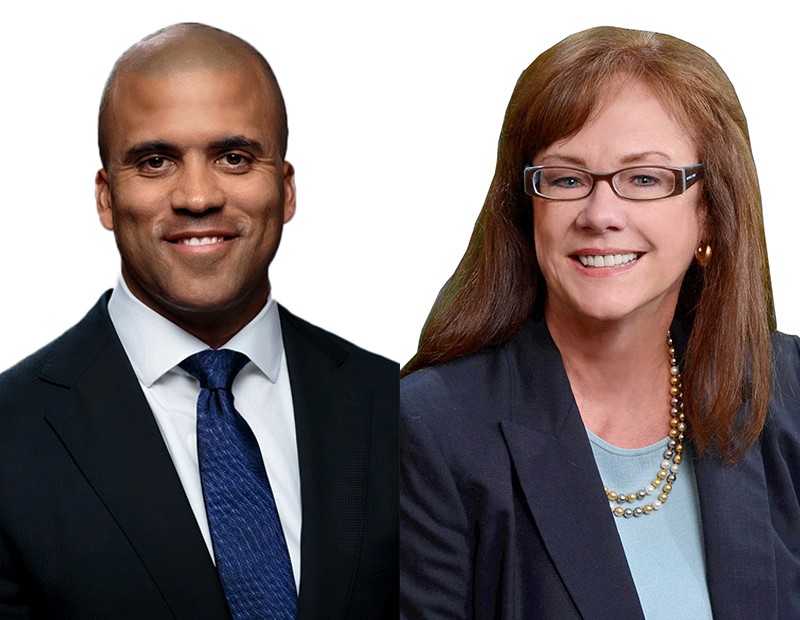


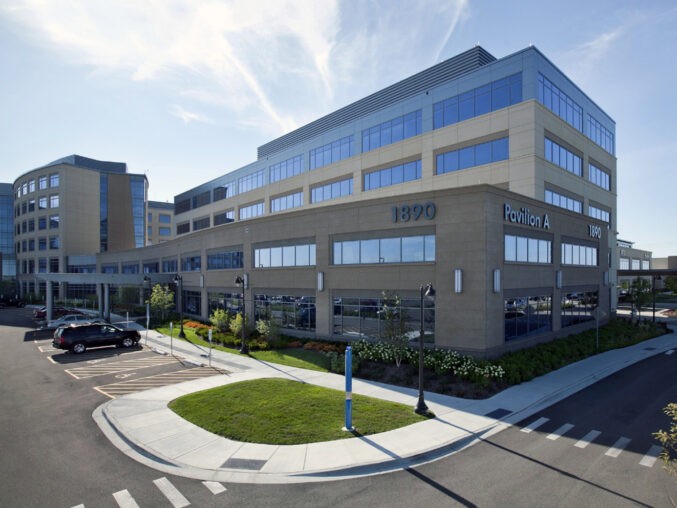
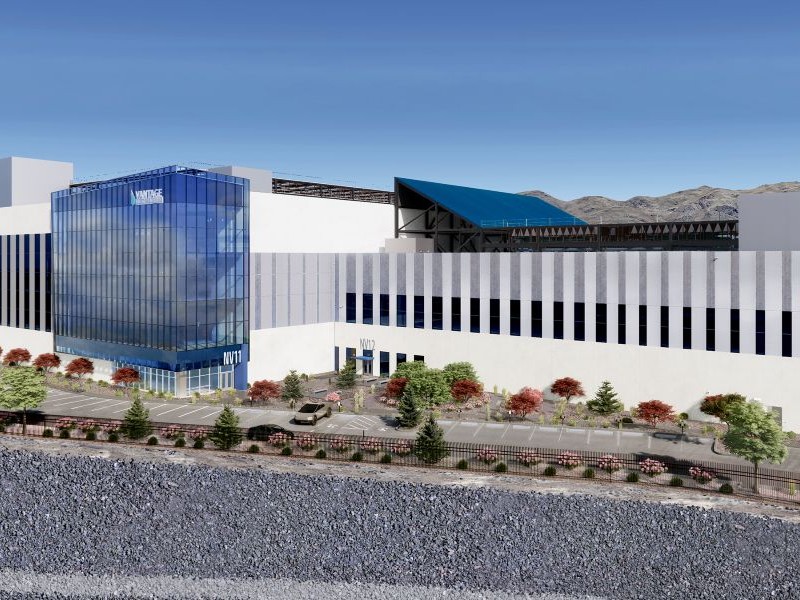
You must be logged in to post a comment.